|
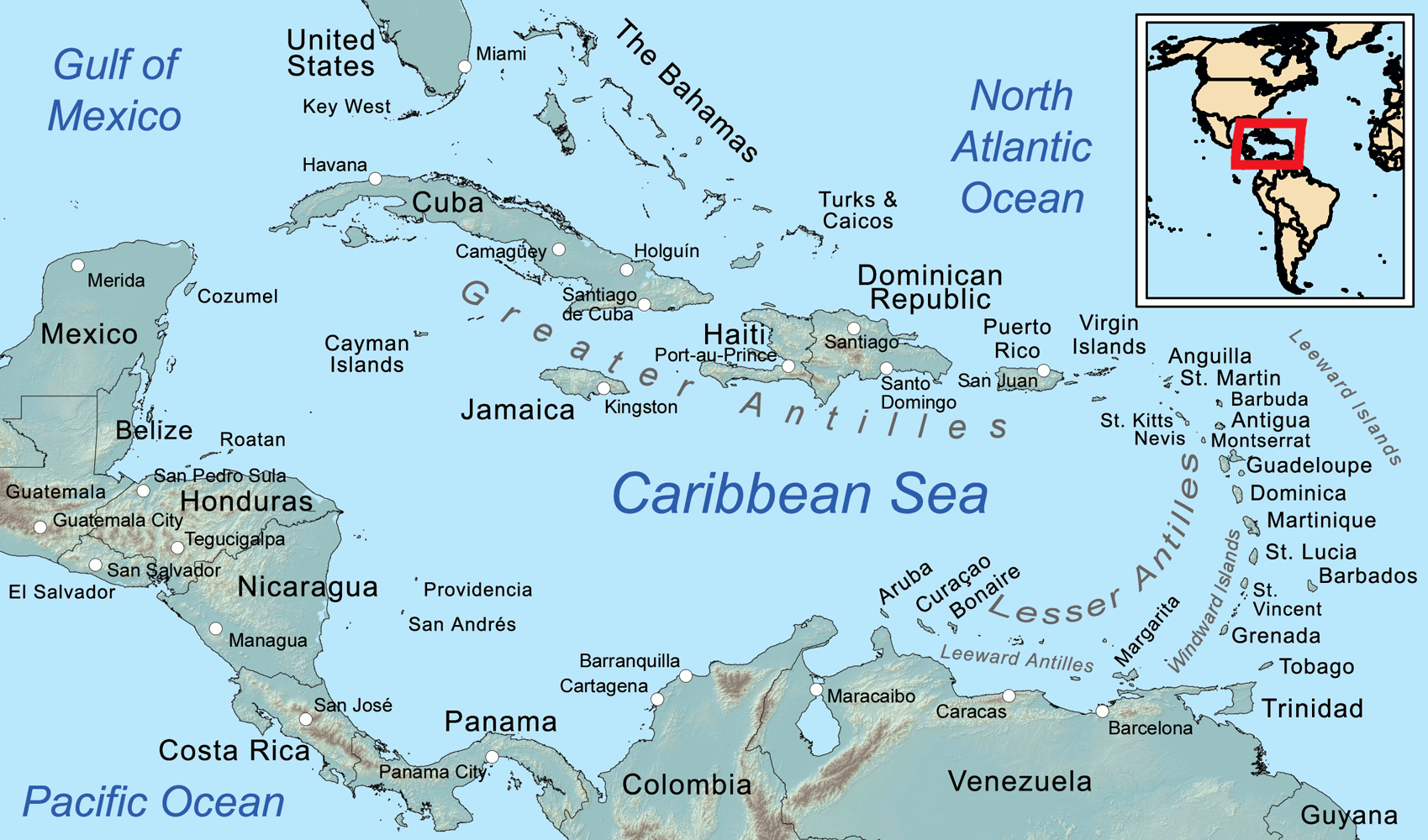
Map
of the Caribbean Sea, showing the Greater, Lesser, and Leeward Antilles, the
Leeward and Windward Islands.
The island of Tortuga stands off the northern coast of Haiti. It is very mountainous and rocky; the rocks are especially abundant on the northern part of the island. At the beginning of the 17th century, the population lived on the southern coast of the island, where there was a port for ships to enter. The northern shore was described as inaccessible via both land and sea.
The inhabited area was divided into four parts; the first of these was called "Low Land" or "Low Country." This region contained the island's port and was therefore considered the most important. The town was called Cayona, and the richest planters of the island lived there. The second region was called the "Middle Plantation"; the farmers of this region were unfamiliar with the soil and it was only used to grow tobacco. The third part was named "La Ringot," and was positioned on the western portion of the island. The fourth region was called the "La Montagne" (the Mountain); it is there that the first cultivated plantations were established upon the island.
This 17th century geography is known largely from Alexandre-Olivier Exquemelin's detailed description in his book "Zeerovers," where he describes a 1666 journey to the island.
Tortuga Island is a Caribbean island that forms part of Haiti, off the northwest coast of
Hispaniola. It constitutes the commune of Île de la Tortue in the Port-de-Paix arrondissement of the Nord-Ouest department of Haiti.
Tortuga is 180 square kilometres (69 square miles) in size and had a population of 25,936 at the 2003 Census. In the 17th century, Tortuga was a major center and haven of Caribbean piracy. Its tourist industry and references in many works has made it one of the most recognized regions of Haiti.
Tortuga has been portrayed in many works depicting piracy in the Caribbean in the 17th and 18th centuries.
FILMS
Tortuga has been featured in numerous films, including
Safe in Hell (1931)
Captain Blood (1935)
The Black Swan (1942)
The Spanish Main (1945)
Double Crossbones (1950)
Abbott and Costello Meet Captain Kidd (1952)
Pirates of Tortuga (1961)
Pirates of the Caribbean films
Main article: List of locations in Pirates of the Caribbean § Tortuga
LITERATURE
Books featuring the island include:
Deadmen Walking: A Deadman's Cross Novel (2017) by Sherrilyn Kenyon
Tortuga by Valerio Evangelisti
Caribbean (1989) by James Michener
The Black Swan (1932) by Rafael Sabatini
The Black Corsair series of novels by Emilio Salgari (1898-1908)
The Black Avenger of the Spanish Main (1847) by Ned Buntline
The Dark Secret of Josephine (1955) by Dennis Wheatley
MUSIC
Tortuga is mentioned in multiple songs, including:
"Jonas Psalter" (1973) by the rock band Styx
"Tortuga Bay" (1989) by German heavy metal band Running Wild
"Tortuga" (2006) by Italian Ska band Talco
"Jack Sparrow" by The Lonely Island featuring Michael Bolton
"Tortuga" (2011) by Welsh band Catfish and the Bottlemen
"Welcome to Tortuga" (2012) by Swedish Pirate Folk band Ye Banished Privateers
"Tortuga" (2014) by the space rock band Earthling Society
"Tortuga" (2020) by the Scottish Pirate Metal Band Alestorm
RAFAEL SABATINI'S WORKS
Captain Blood
Tortuga is featured in Sabatini's Captain Blood series and the movies based on it; the most famous is Captain Blood (1935) starring Errol Flynn. It is the place where Blood and his crew find refuge after their escape from Barbados in 1685. Blood receives a Letter of Marque from Tortuga's governor, D'Ogeron, and the island becomes his main base for the next four years. He starts his raids from Cayona, and several events in the books take place on Tortuga itself or on ships anchoring in the harbour of Cayona.
Sabatini used Exquemelin's History of the Bouccaneers of America as a main source for his description of Tortuga, and therefore the island is portrayed as a place where many buccaneers, prostitutes, and other dubious professions operate, but the French West
India Company, which rules Tortuga, makes profit off of those affairs.
The Black Swan
Tortuga also features in Sabatini's novel The Black Swan and the 1942 movie based on it.
HISTORY
The first Europeans to land on Tortuga were the Spanish in 1492 during the first voyage of Christopher Columbus into the New World. On December 6, 1492, three Spanish ships entered the "Windward Passage" that separates Cuba and Haiti. At sunrise, Columbus noticed an island whose contours emerged from the morning mist. Because the shape reminded him of a turtle's shell, he chose the name of Tortuga.
Tortuga was originally settled by a few Spanish colonists. In 1625, French and English settlers arrived on the island of Tortuga after initially planning to settle on the island of Hispaniola. The French and English settlers were attacked in 1629 by the Spanish commanded by Don Fadrique de Toledo, who fortified the island, and expelled the French and English. As most of the Spanish army left for Hispaniola to root out French colonists there, the French returned in 1630 to occupy the fort and expanded the Spanish-built fortifications.
From 1630 onward, the island of Tortuga was divided into French and English colonies, allowing buccaneers to use the island as their main base of operations. In 1633, the first slaves were imported from Africa to aid in the plantations. However, by 1635 the use of slaves had ended. The slaves were said to be out of control on the island, while at the same time there had been continuous disagreements and fighting between French and English colonies.
In 1635, Spain recaptured Tortuga from the English and French, expelled them and left. As they soon returned, Spain conquered the English and French colonies for a second time, only to leave again because the island was too small to be of major importance. This allowed the return of both French and English pirates. In 1638, the Spanish returned for a third time to take the island and rid it of all French and the newly settled Dutch. They occupied the island, but were expelled by the French and Dutch colonists in 1640, at which time the French built Fort de Rocher in a natural harbour; the fort enabled the French to defeat a Spanish invasion force the following year.
By 1640, the buccaneers of Tortuga were calling themselves the Brethren of the Coast. The pirate population was mostly made up of French and Englishmen, along with a small number of Dutchmen. In 1654, the Spanish captured the island for the fourth and last time.
In 1655, Tortuga was reoccupied by English and French interlopers under Elias Watts, who secured a commission from Col. William Brayne, acting as military Governor on
Jamaica, to serve as "Governor" of Tortuga. In 1660, the English appointed a Frenchman Jeremie Dechamps as Governor who proclaimed the King of
France, set up French colours, and defeated several English attempts to reclaim the island.
By 1670, the buccaneer era was in decline, and many of the pirates turned to log cutting and wood trading as a new income source. At this time, a Welsh privateer named Henry Morgan started to promote himself and invited the pirates on the island of Tortuga to set sail under him. They were hired by the French as a striking force that allowed France to have a much stronger hold on the Caribbean region. Consequently, the pirates never really controlled the island and kept Tortuga as a neutral hideout for pirate booty.
In 1680, new Acts of Parliament forbade sailing under foreign flags (in opposition to former practice). This was a major legal blow to the Caribbean pirates. Settlements were made in the Treaty of Ratisbon of 1684, signed by the European powers, that put an end to piracy. Most of the pirates after this time were hired out into the Royal services to suppress their former buccaneer allies. The capital of the French Colony of Saint-Domingue was moved from Tortuga to Port-de-Paix on the mainland of Hispaniola in 1676.
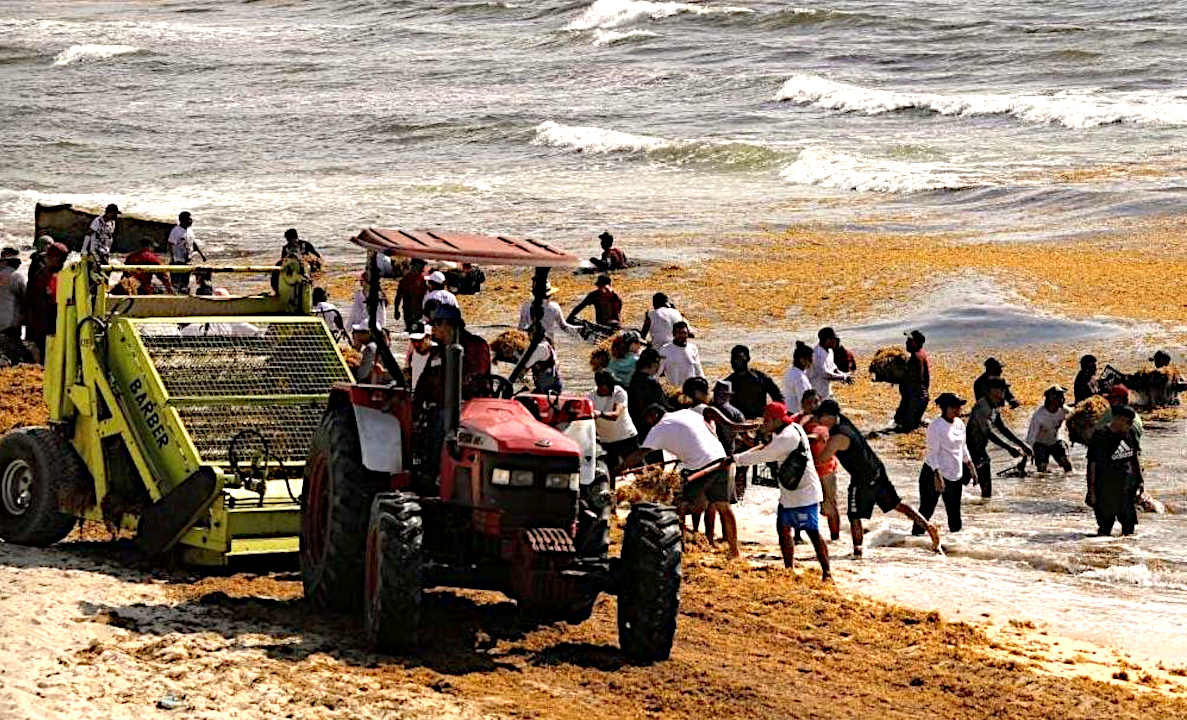
SARGASSUM:
Represents an immediate
threat to the economics of the Caribbean Islands, the
Gulf of
Mexico, and African West Coast, but is
also a potential asset if it can be economically harvested and used for,
among other things, fertilizer for agriculture: where
there is a world shortage.
BIOMASS - BUILDING
MATERIALS - CANCER
TREATMENTS - CLOTHING
& SHOES - CO2
SEQUESTRATION - COSMETICS
FERTILIZERS - FOODS - MEDICINES - MINERALS - PACKAGING - SUPPLEMENTS - VITAMINS
THE
CARIBBEAN ISLANDS BY
POPULATION
1
Cuba 11,252,999
2 Haiti
11,263,077 (Hispaniola)
3 Dominican Republic 10,766,998 (Hispaniola)
4 Puerto Rico (US) 3,508,000
5 Jamaica 2,729,000
6 Trinidad and Tobago 1,357,000
7 Guadeloupe (France) 405,000
8 Martinique (France) 383,000
9 Bahamas 379,000
10 Barbados 283,000
11 Saint Lucia 172,000
12 Curaçao (Netherlands) 157,000
13 Aruba (Netherlands) 110,000
14 Saint Vincent and the Grenadines 110,000
15 United States Virgin Islands
105,000
16 Grenada 104,000
17 Antigua and Barbuda 89,000
18 Dominica 71,000
19 Cayman Islands (UK) 59,000
20 Saint Kitts and Nevis 46,000
21 Sint Maarten (Netherlands) 39,000
22 Turks and Caicos Islands (UK) 37,000
23 Saint Martin (France) 36,000
24 British Virgin Islands (UK) 31,000
25 Caribbean Netherlands
26,000
26 Anguilla (UK) 14,000
27 Saint Barthélemy (France) 10,000
28 Montserrat (UK) 5,000
29
Tortuga 25,936
30
Roatán 110,000

Map
of Port Royal
from 1692, where the notorious buccaneer, Sir Henry Morgan
was buried, along with a Code to give meaning a treasure Map inherited by Lord
Huntington - giving the whereabouts of a Kings ransom. Unfortunately,
Port Royal was sunk when hit by an earthquake and tsunami in June 1692,
along with the grave of the infamous buccaneer, lost in time until
re-discovered by John
Storm and the Elizabeth
Swann. This is the start of a race to find the hidden stash, involving treachery
and industrial espionage.
The
Caribbean
Sea is littered with shipwrecks and dotted with dozens of paradise
islands, where pirates
are said to have buried their treasure.
Many island nations are at risk as to rising
sea levels, caused by climate
change, with the United
Nations powerless to deal with global
warming, being dependent on fossil
fuels. The area has some of the most interesting World
Atlas locations on Planet
Earth.
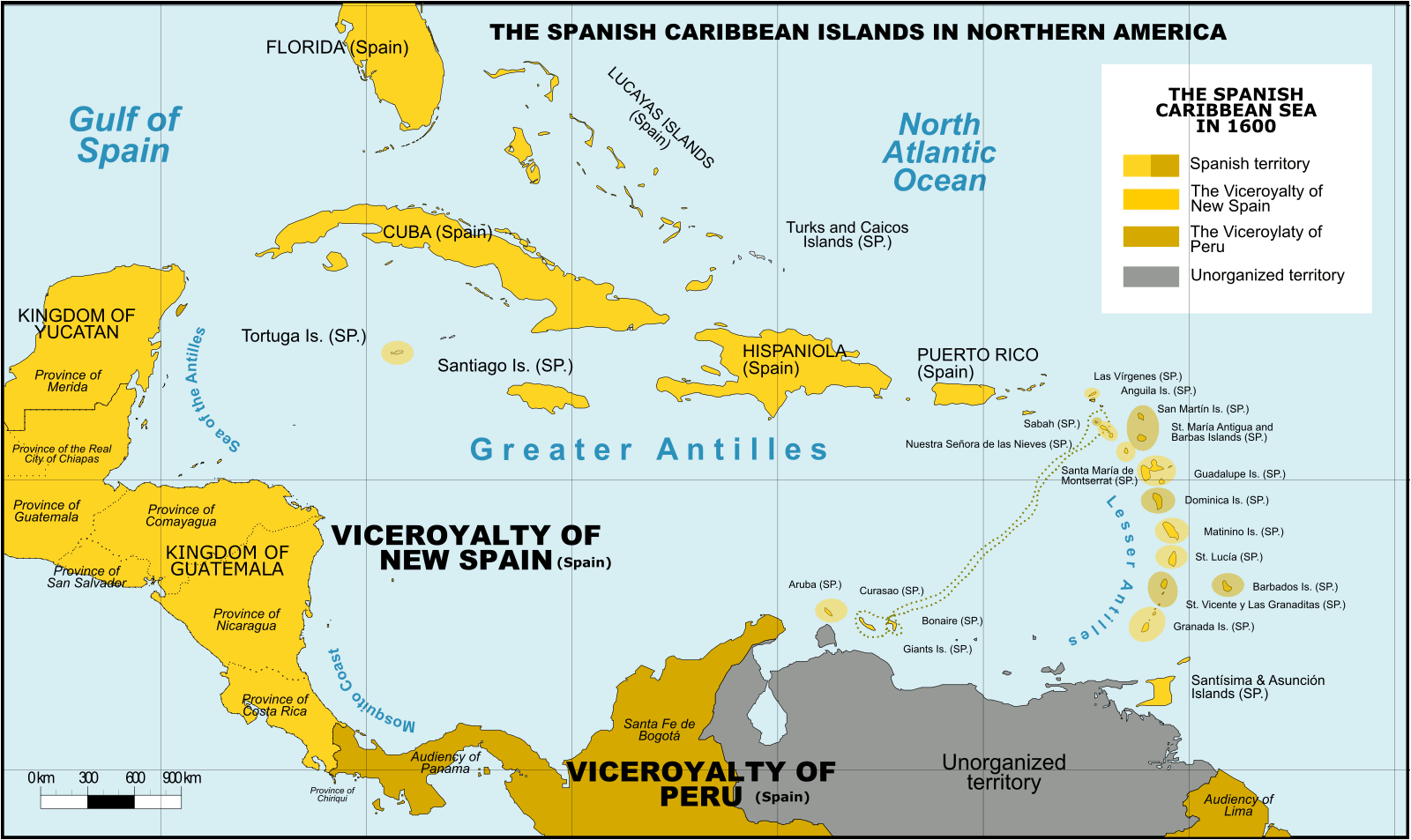
Spanish Caribbean Islands 1600 Spanish Overseas territories Northern America Turks and Caicos Islands (1492-1516, 1516-1678) * Islas Turcas y Caicos The Bahamas (1492-1516, 1516-1648) *Islas Lucayas Bermuda (1503-1516, 1516-1609) *Carabela/Isla de los Diablos Greater Antilles Cuba (1492-1762, 1763-1898) *Juana Cayman Islands (UK) (1503-1670) *Islas de las Tortugas La Española/Hispanola (1492-1795, 1801-1822) Dominican Republic (1492-1795, 1801-1822, 1861-1863) *Santo Domingo Haiti (1492-1793) *Santa María Jamaica (1492-1655) *Isla Santiago Puerto Rico (US) (1493-1898) *San Juan Bautista Lesser Antilles Leeward Islands: Virgin Islands (1493-1587) *Islas Once Mil Vírgenes / Islas Vírgenes St. Thomas (US) (1493-1587) St. John (US) (1493-1587) St. Croix (US) (1493-1587) Water Island (US) (1493-1587) British Virgin Islands (UK) (1493-1648) *Islas Once Mil Vírgenes / Islas Vírgenes Tortola (UK) (1493-1648) Virgin Gorda (UK) (1493-1672) Anegada (UK) (1493-1672) Jost Van Dyke (UK) (1493-1672) Anguilla (UK) (1500-1631, 1631-1650) *Isla de la Anguila Saint Martin/Sint Maarten (France/Neth.) (1493-1631) *San Martín Saint-Barthélemy (Fr.) (1493-1648) *San Bartolomeo Saba (Neth.) (1493-1640) *Saba/San Cristóbal Sint Eustatius (Neth.) (1493-1640) *San Eustaquio St. Kitts and Nevis (1493-1628) *Nuestra Señora de las Nieves Saint Kitts (1493-1628) *San Cristóbal Nevis (1493-1628) *Nieves Antigua and Barbuda Barbuda (1493-1628) *Santa Dulcina Antigua (1493-1632) *Santa María de la Antigua Redonda (1493-1632) *Santa María la Redonda Montserrat (UK) (1493-1632) *Santa María de Monstserrat Guadeloupe (Fr.) (1493-1631) *Santa Guadalupe Windward Islands: Dominica (1493-1635) *Domingo Martinique (Fr.) (1502-1635) *Martinino Saint Lucia (St. Lucia) (1502-1660) *Santa Lucía Barbados (1492-1620) *Los Barbados/El Barbudo St. Vincent and the Grenadines (1498-1627) *San Vicente Saint Vincent the Grenadines Grenada (1498-1650) *Concepción Carriacou & Petite Martinique (Grenada) Trinidad & Tobago (1498-1628) *Santísima e Asunción Aruba (Neth.) (1499-1648) *Aruba/Oroba Curaçao (Neth.) (1499-1634) *Curasao/Isla de los Gigantes Bonaire (Neth.) (1499-1635) * Bonaire/Buon Aire Viceroyalty of New Granada Los Roques Archipelago (Ven) La Orchila (Ven) La Tortuga (Ven) La Blanquilla (Ven) Margarita Island (Ven) Coche (Ven) Cubagua (Ven) Other islands (Ven) *Founded Spanish names
CITIES
LOST IN INNERSPACE
ATLANTIS
- MEDITERRANEAN SEA
ATLIT-YAM
- ISRAEL
BAIA
- ITALY
DWARKA
- INDIA
PAVLOPETRI
- GREECE
PHANAGORIA
- BLACK SEA
PORT
ROYAL - JAMAICA
RUNGHOLT
- DENMARK
THONIS-HERACLEION
AND ALEXANDRIA - EGYPT
YONAGUNI
JIMA - JAPAN
ISLAND
NATIONS UNDER THREAT OF SINKING
Cabo
Verde, Republic of
Carteret
Islands
Fiji,
Republic of
Hawaii
Japan
Kiribati
Maldives
Marshall
Islands, Republic of the
Micronesia,
Federated
States of
Palau
Sarichef
Island
Seychelles
Solomon
Islands
Tangier
Island
Torres
Strait Islands
Tuvalu
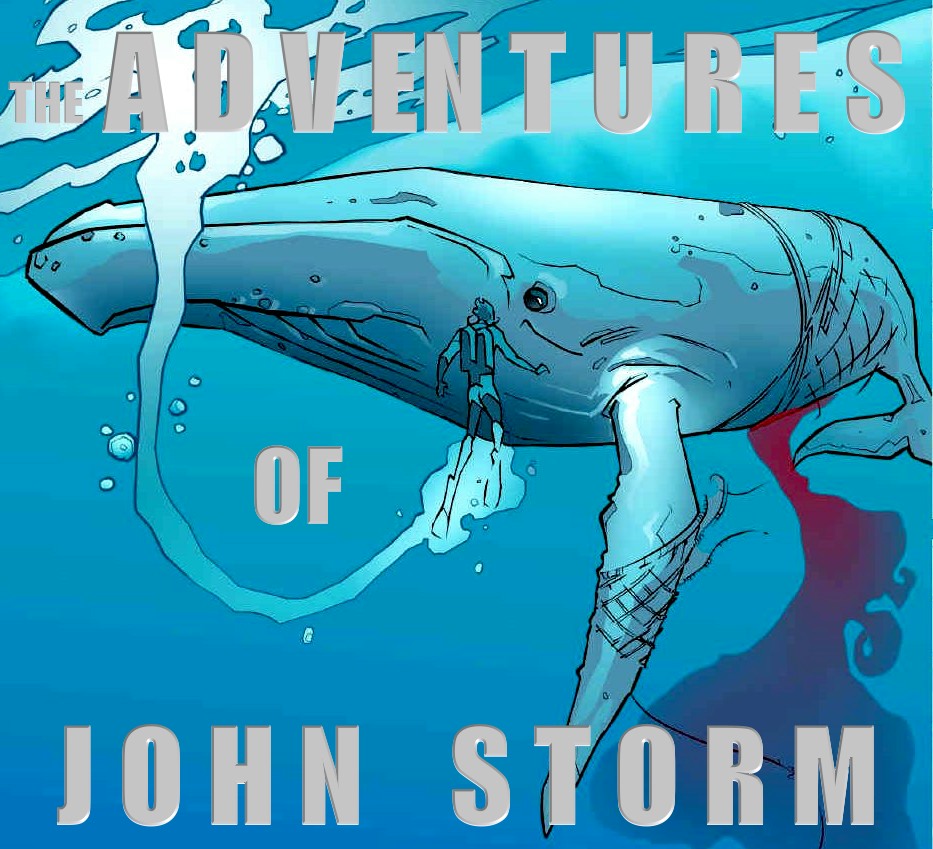
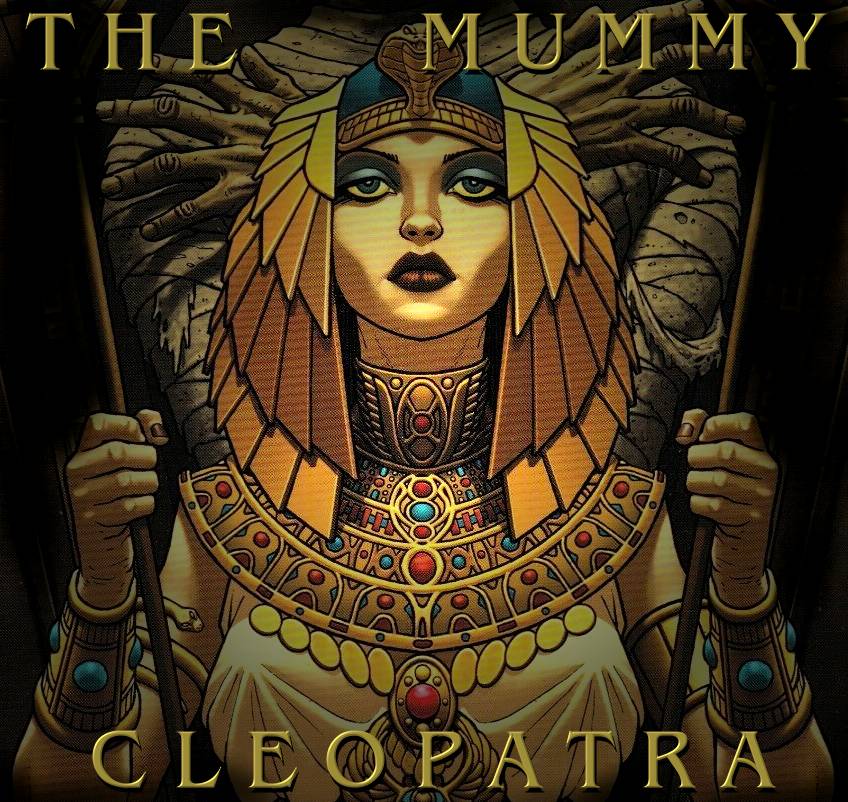
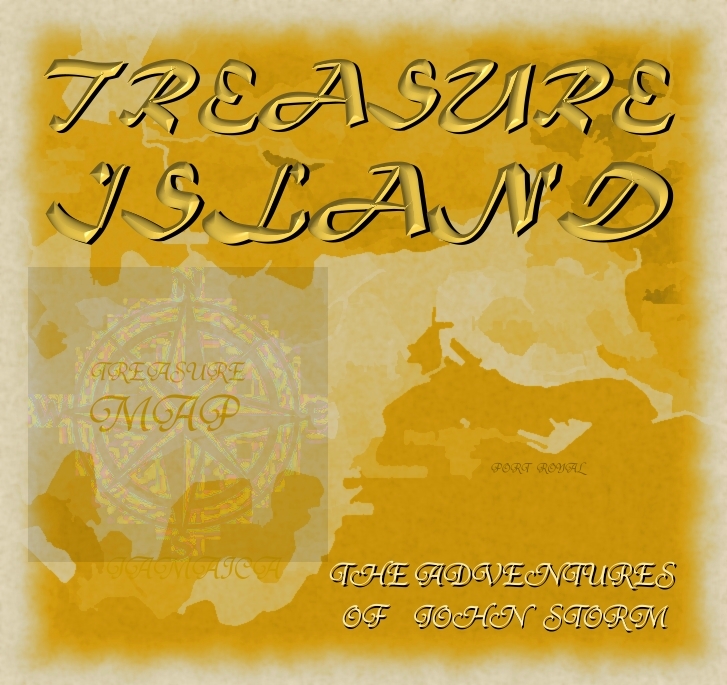
STUDIO/AGENTS: A draft script for
Kulo-Luna is available on request. Cleopatra The Mummy is currently under
development
|



